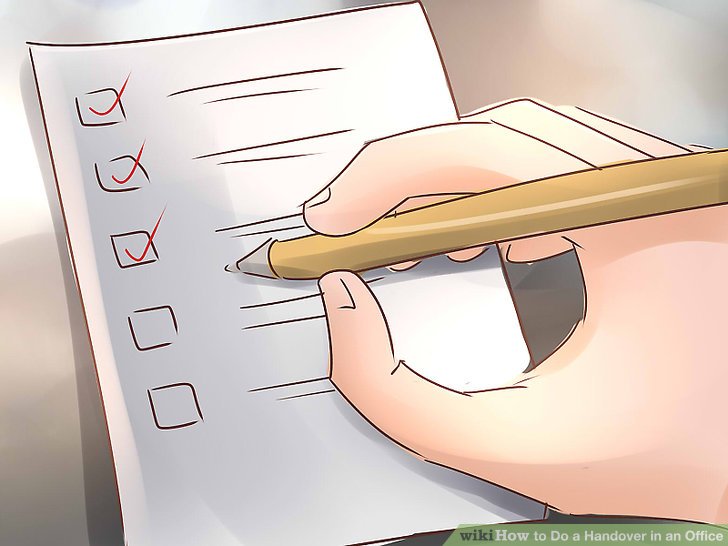Rotaractor or not, we have all organized projects at some points in our life, and most projects require us to find some sort of finance to fund it. All of us dread the specific moment in a meeting when the President or Chairperson looks right into your eyes and asks
How much money have you found so far?
As much as some of us hate it, finding finance and sponsors is part and parcel of organizing any event and it is our duty to contribute to this as much as possible. It is for this specific reason that we, at the Rotaract Club of Achievers Lanka Business School have compiled a few points on how to approach sponsors.
The secret to approaching sponsors, is following a process. What is the process you ask? Well let’s get right down to it!
STEP 01 – GO THROUGH THE PROJECT PROPOSAL (and print it!)
Read through the project proposal and get an idea about
- The Club/organizers.
- The gist of the project.
- What the project needs.
- What the project can offer.
Ensure that you have enough information to convince your target to sponsor your event.
STEP 02 – LIST OUT COMPANIES
Having a list of companies is always useful, as this can also be recycled from project to project. Do not bias your list on an industry (i.e “how could Company A sponsor our event when they have nothing in common?”), as there can be innovative solutions which can be thought of.
Remember, there is no harm in trying!
STEP 03 – RESEARCH
Do some extensive research on those companies. It is especially good to mark down companies which have a new product or service, as they would be more open to advertising. You would come across such companies when scrolling through your Facebook or Instagram feed, and it is a good habit to make a mental note at that moment.
STEP 04 – LINK THE COMPANY TO THE PROJECT
Come up with methods and means of marketing your event to each company.
Be innovative!
STEP 05 – THE ELEVATOR PITCH – FIRST CALL
An elevator pitch is a brief, persuasive speech that you use to spark interest in what your organization does, a project, idea, product – or in yourself. A good elevator pitch should last no longer than 20 to 30 seconds.
In simple terms, imagine you got into an elevator with somebody and the doors just close. You only have time till the doors open to convince that person that your project is worth a shot. This is essentially what you would have to do when you make your first call to the company.
Remember your aim at this point is to get a meeting! Do not expect a sponsorship to be given on your first call.
A common mistake that is made when making the call is saying “we are looking for sponsors”. It is extremely generic and does not incite interest in your proposition. Instead, the words “we have an innovative investment opportunity for your company”would have a more appealing effect.
Another important point to remember is that upon getting the meeting, people tend to keep the phone, only to remember that they have not got any information on where to meet, when to meet, etc.
Therefore ensure you get
- The persons name.
- The persons designation.
- A meeting date.
- A meeting location.
Sending a meeting invite might be useful too.
STEP 06 – FURTHER RESEARCH
As weird as it sounds, stalking the person you are going to meet is always useful. Getting to know his likes, dislikes and any other useful information that would ensure a more productive meeting can sometimes be the difference between making or breaking a deal. That being said, do not overdo it!
STEP 07 – MEETING DAY
Its meeting day!
- Make sure your are in proper attire. Office wear is always a safe option. Remember, first impressions matter.
- Ensure that your necessary documents and items are ready. This usually includes a printed proposal, a laptop or tablet to show any intended videos and visiting cards.
Punctuality is key!
STEP 08 – DO YOUR THING!
- Break the ice first, a random comment about the traffic or the weather is a safe option.
- Question and understand what they are trying to sell.
- Negotiate- remember, they are smart, we are smarter!
Make good use of all your preparation, and try your best to leave a good impression.
STEP 09 – THANK YOU EMAIL
Your job is not done once you leave the meeting. Regardless of whether your meeting was successful or not send an email thanking him/her for taking time off to meet you. Also remember to send them anything you promised to send, as soon as possible.
STEP 10 – LETTER OF ENGAGEMENT (LOE)

A LOE is a document that states all the conditions agreed upon by both parties, and it is legally binding.
If the meeting is successful, it is a good practice for both parties to sign an LOE to ensure that the promises and conditions that have been agreed upon are clear.
STEP 11 – MAKE SURE THEY’RE HAPPY!
Make sure they are happy before, during, and after the event, and ensure that all conditions in the LOE on your side are met, so as to avoid any unwanted issues.
Follow up accordingly and keep in touch.
If all goes well, you’ll have a very satisfied sponsor who will be itching to join up for your next project too!
